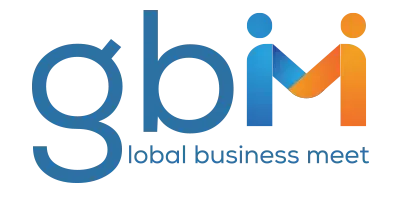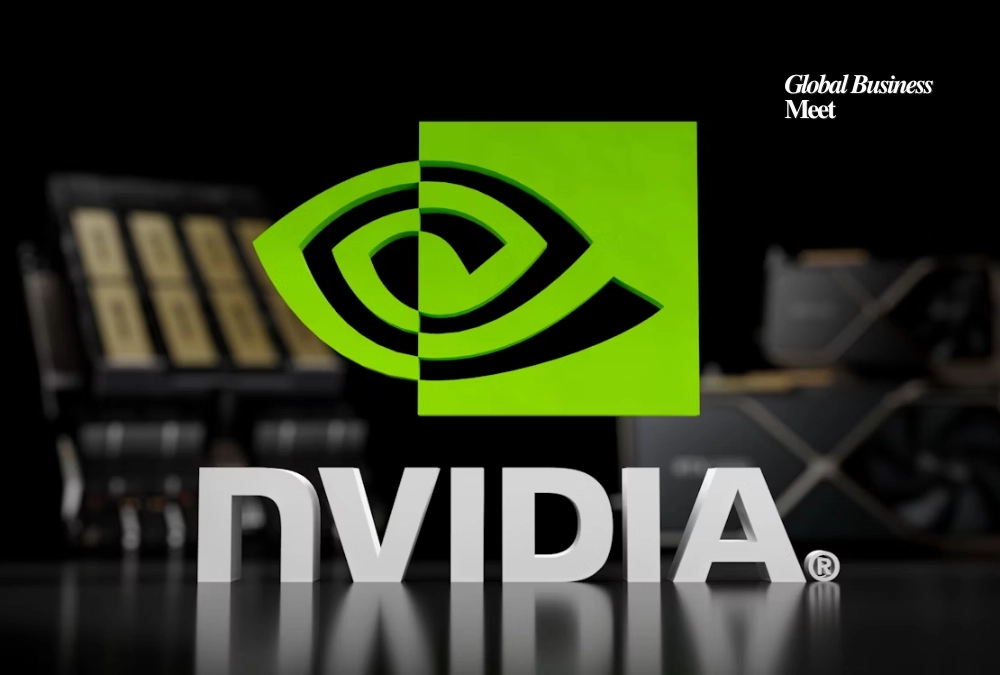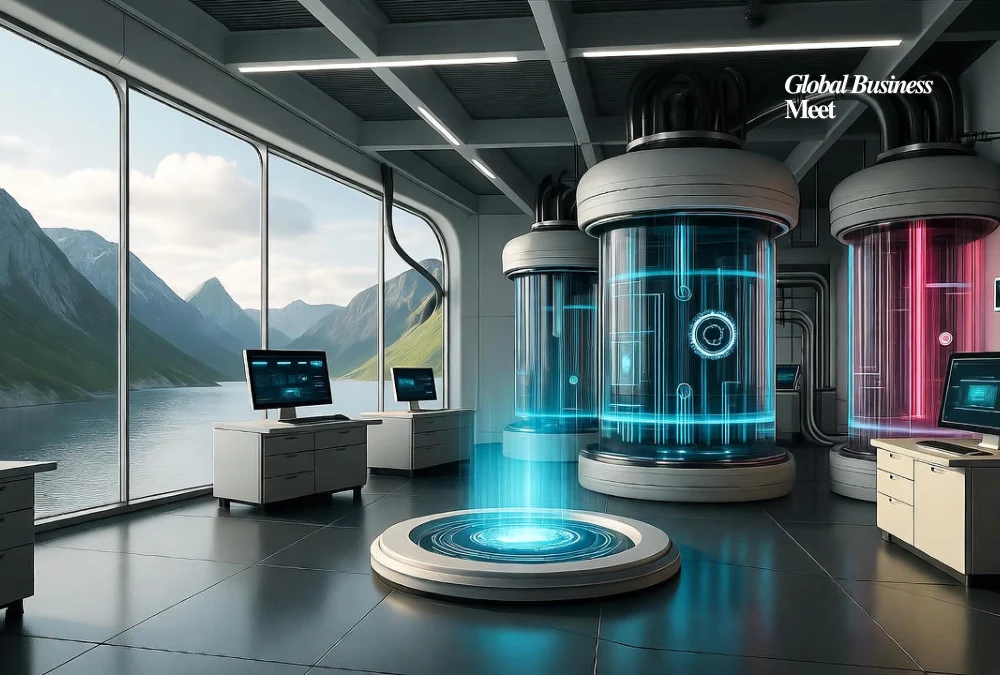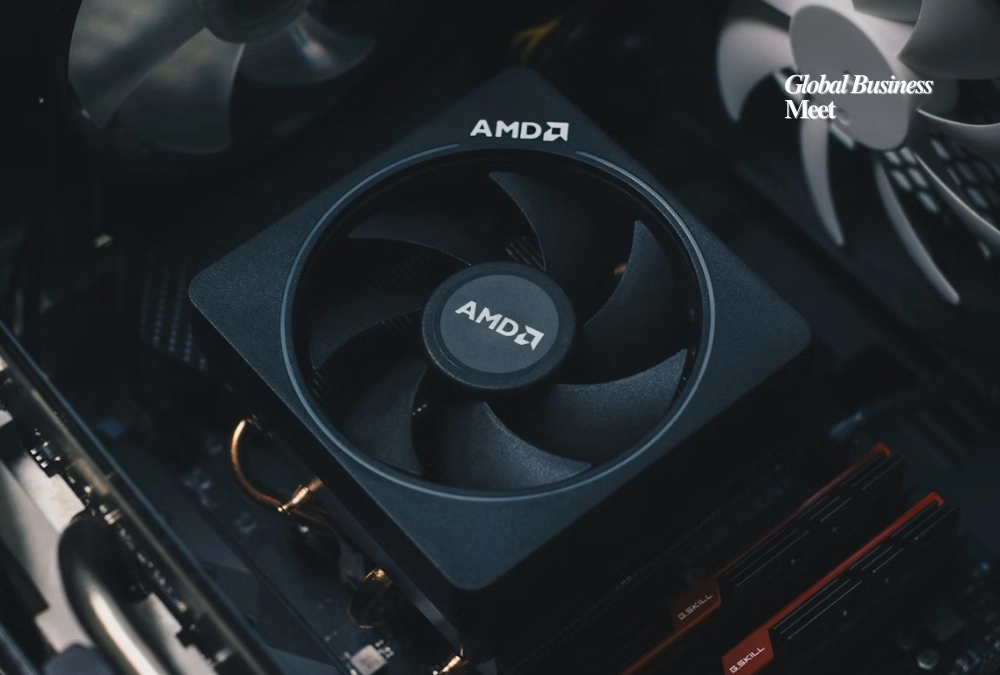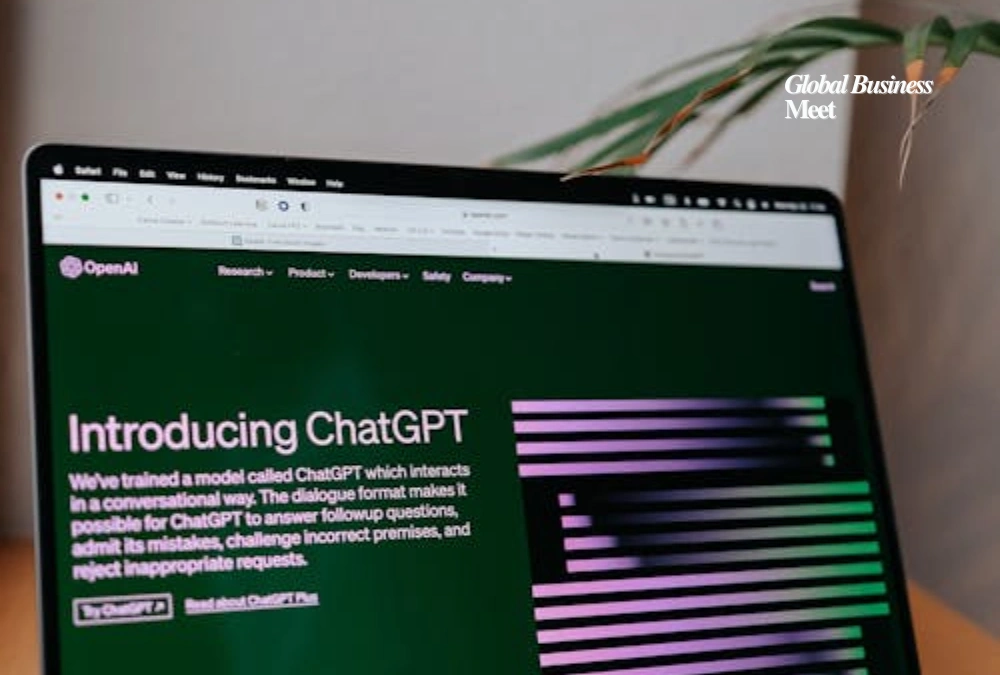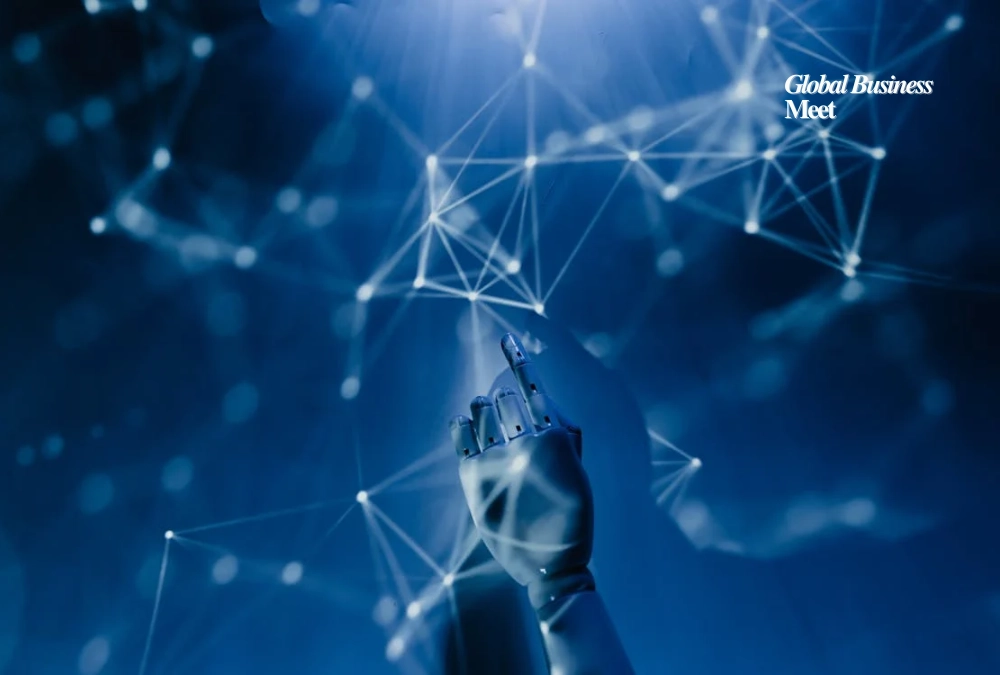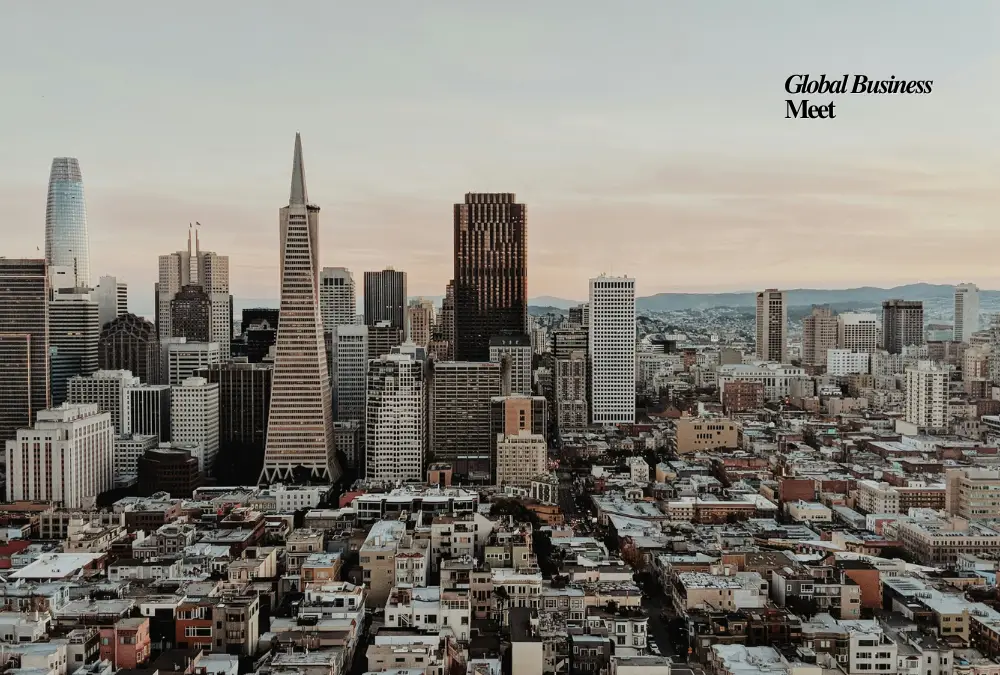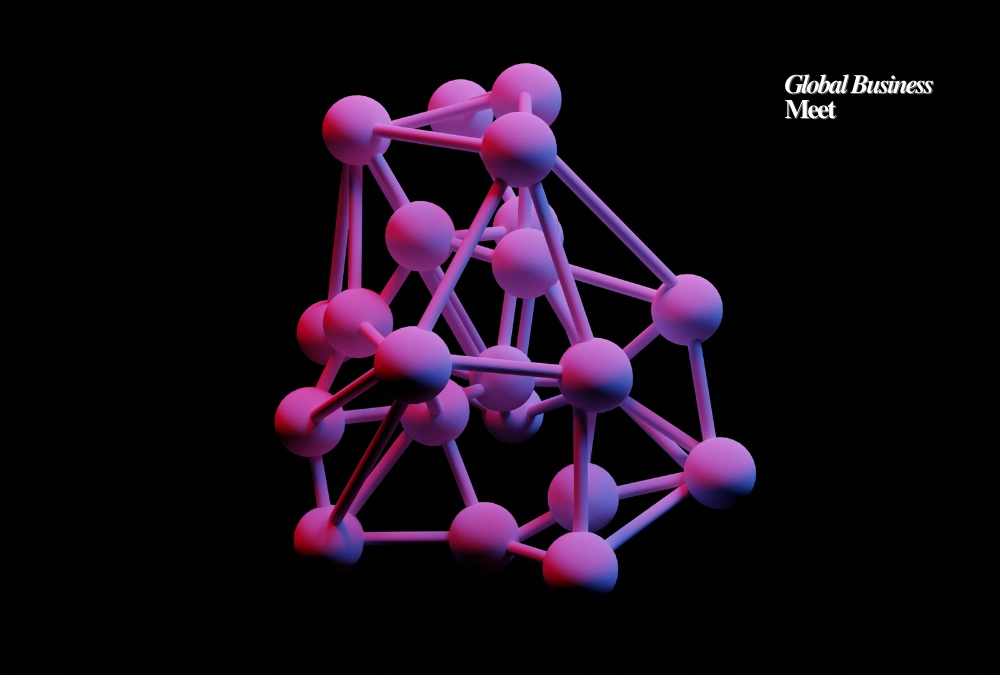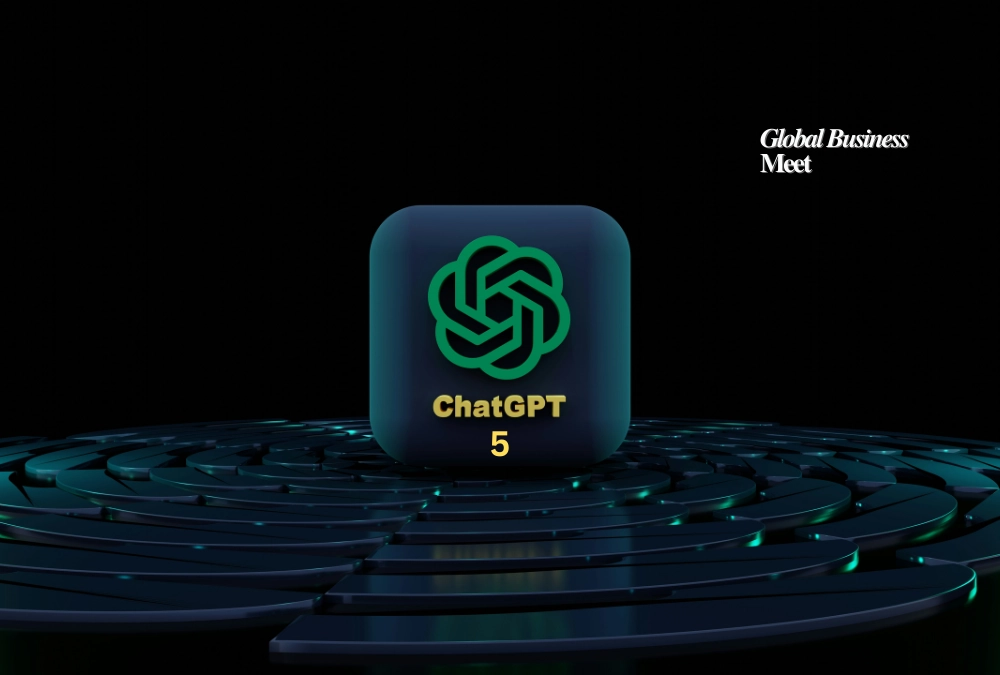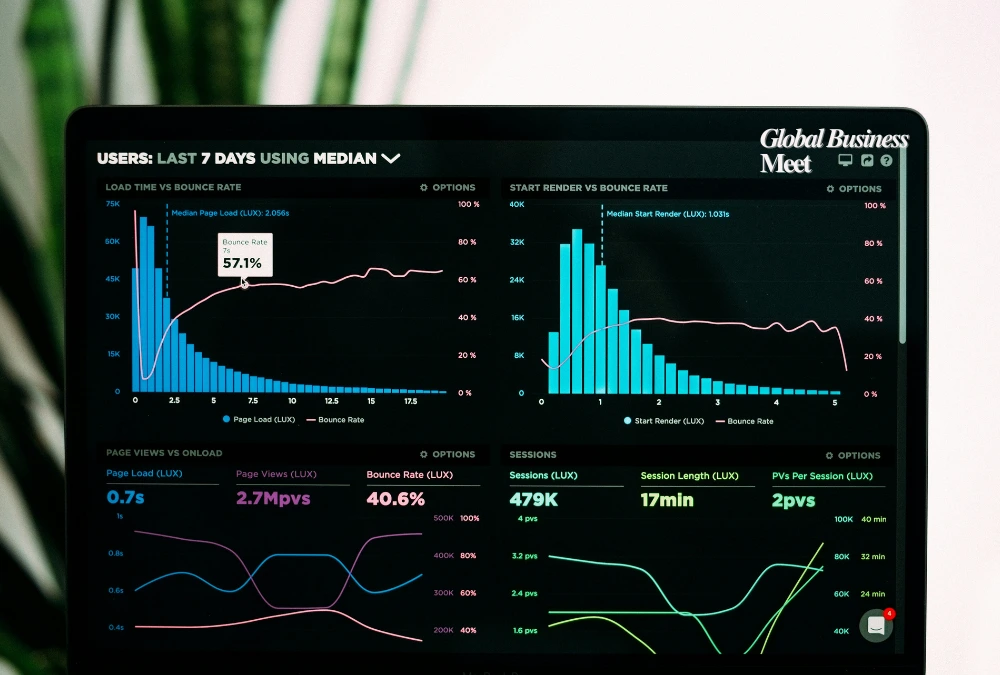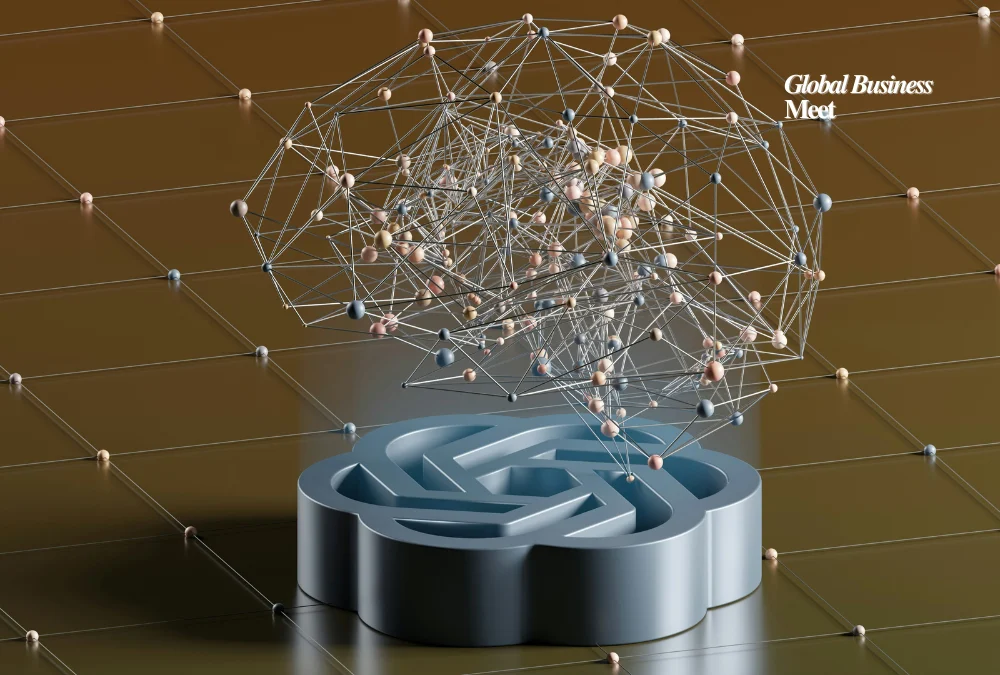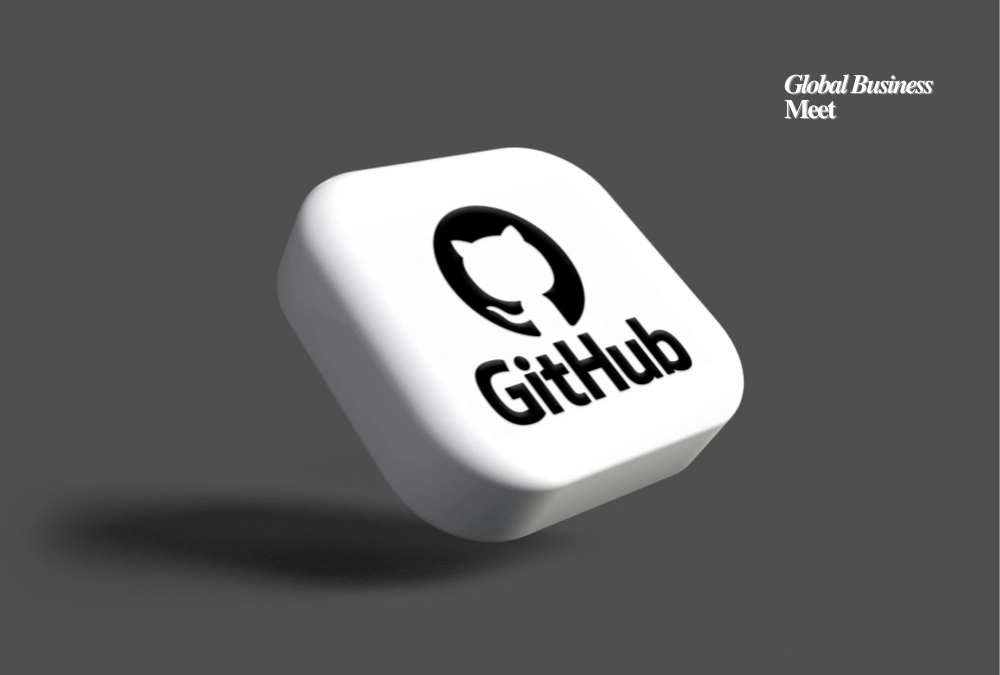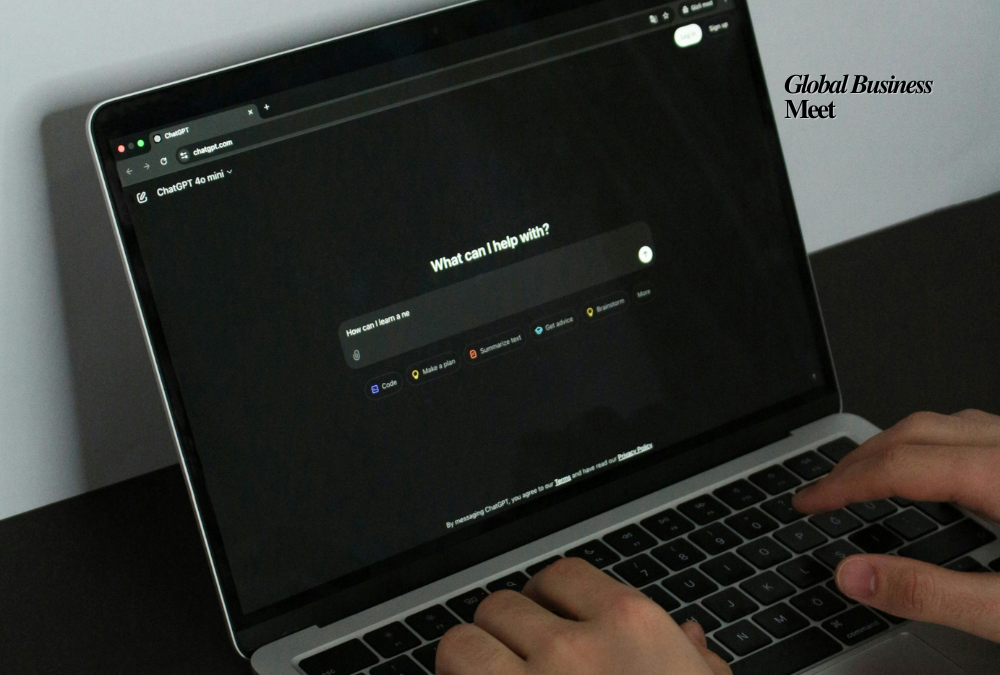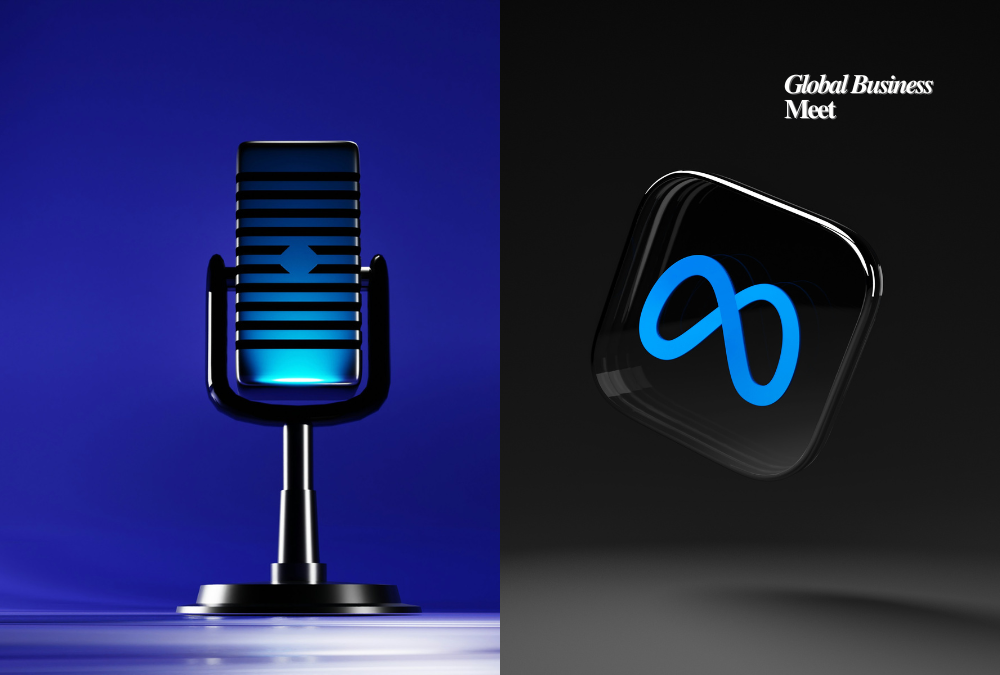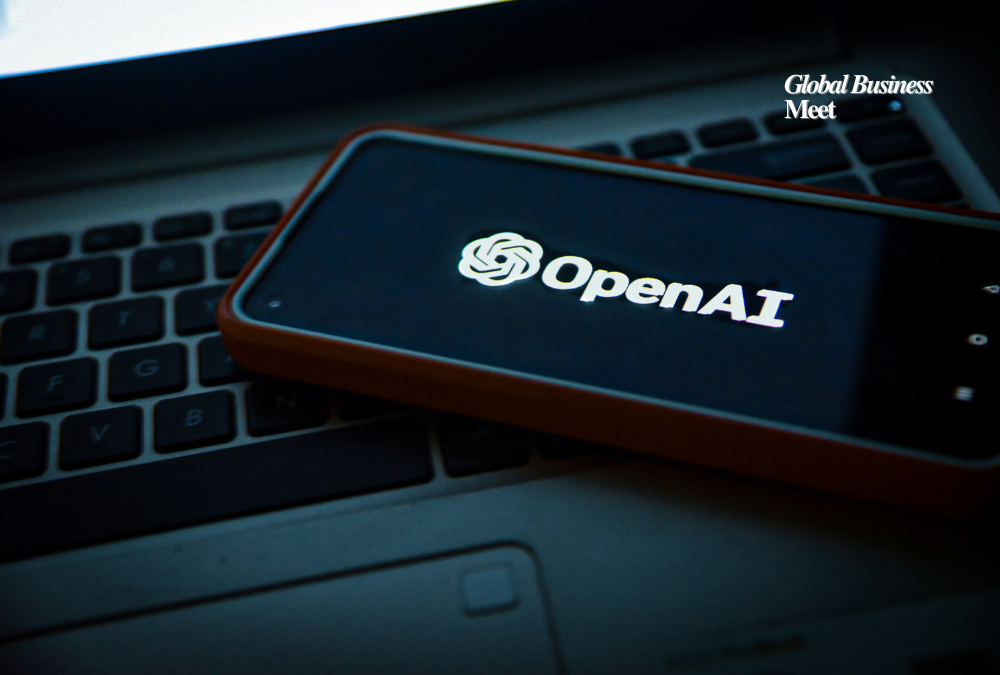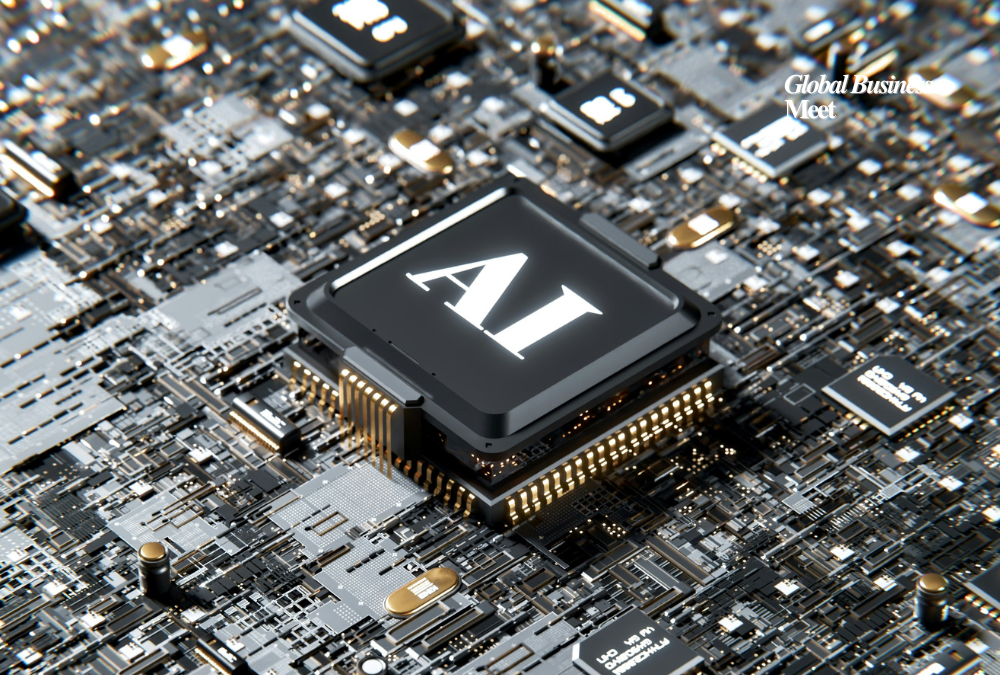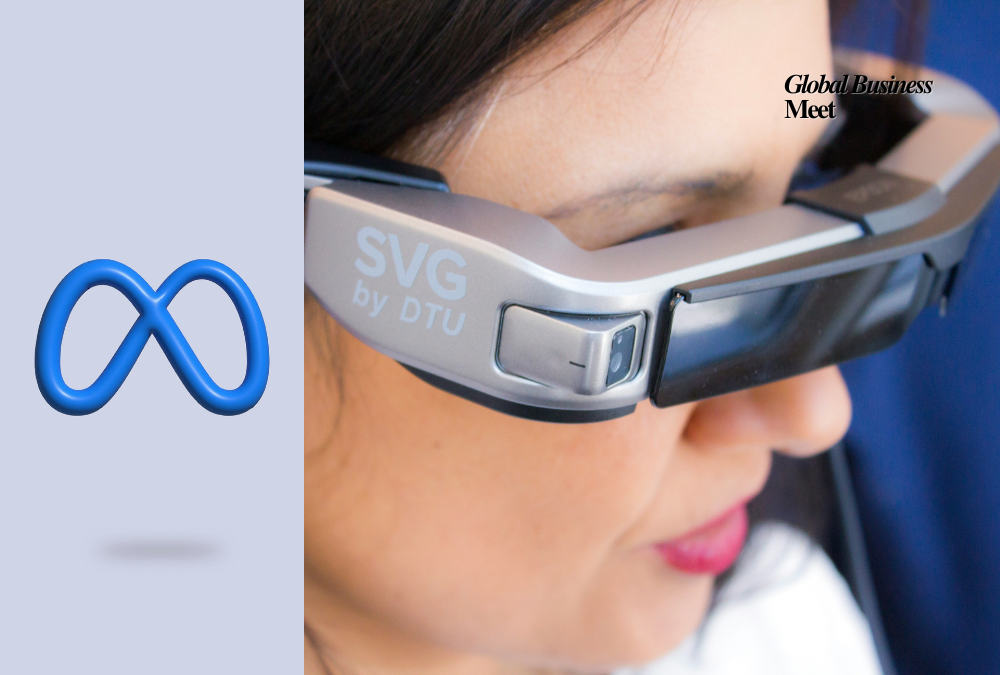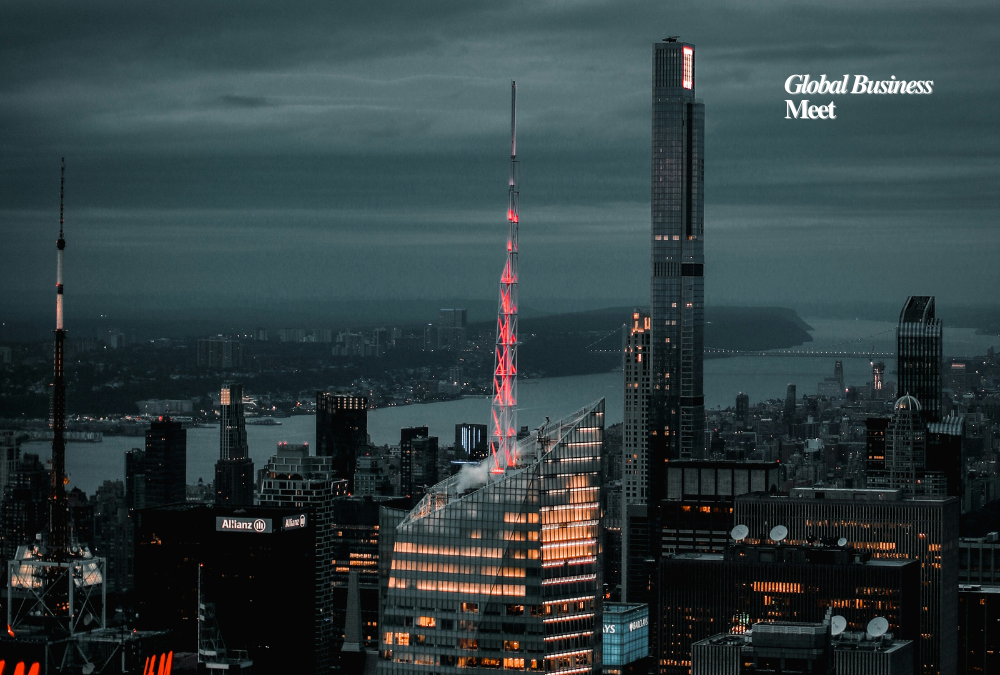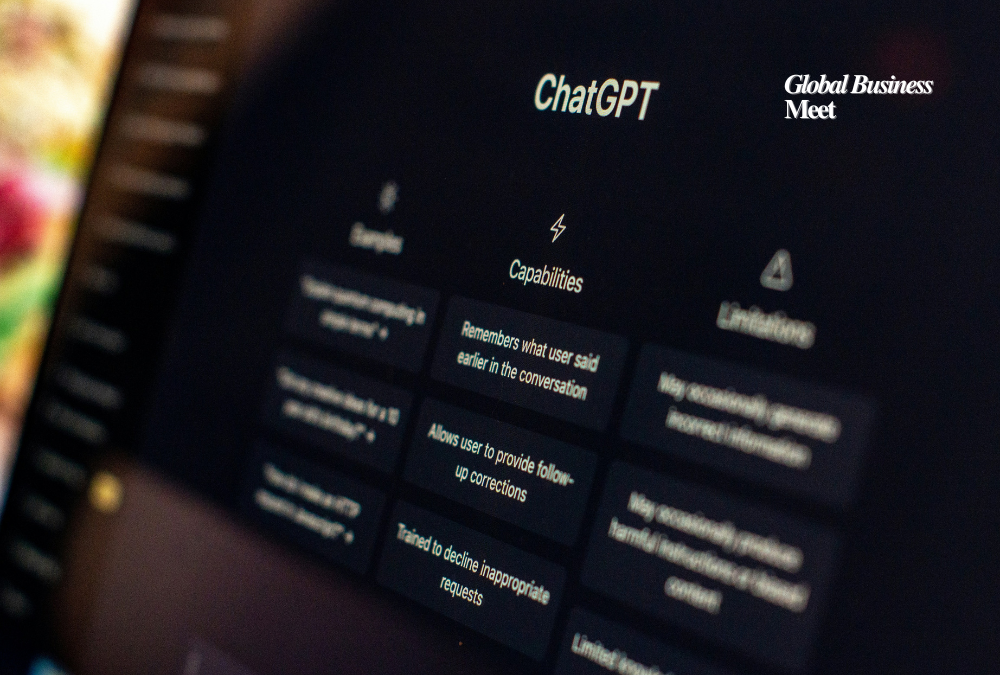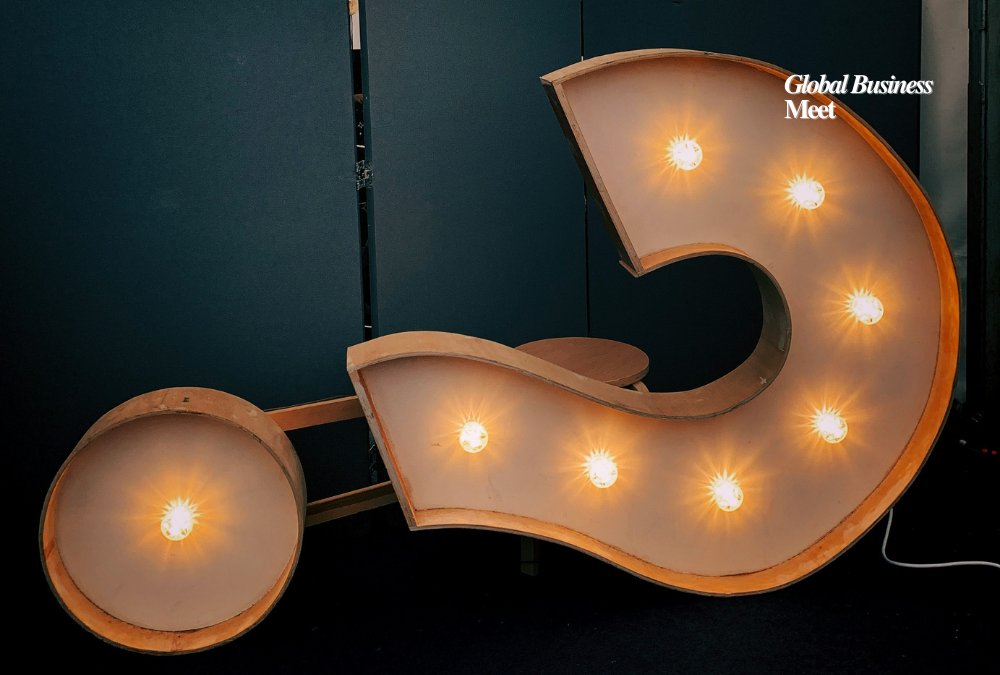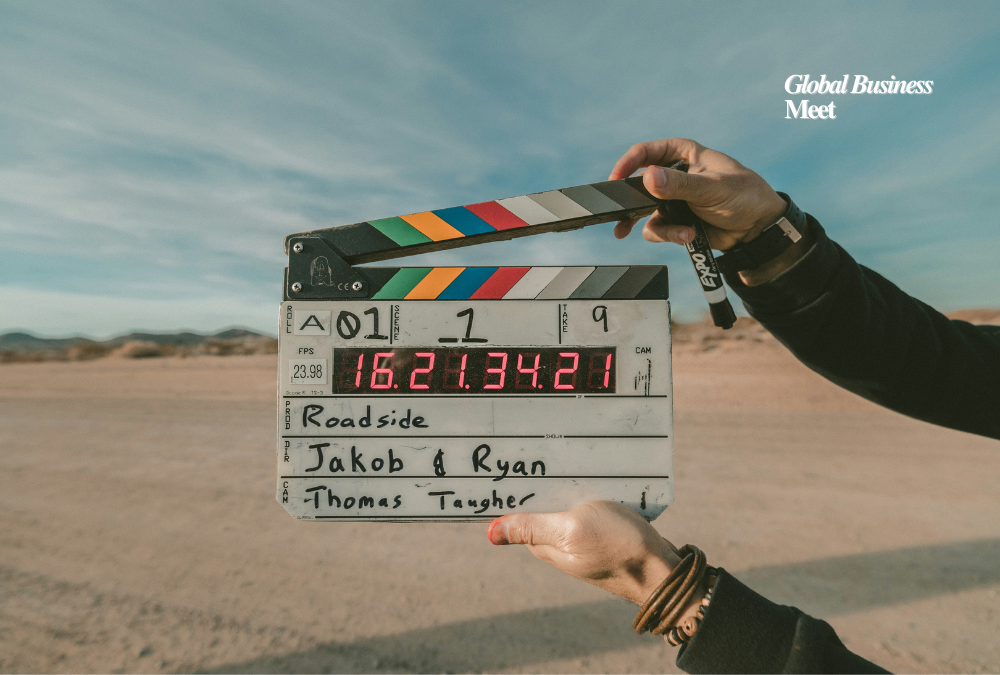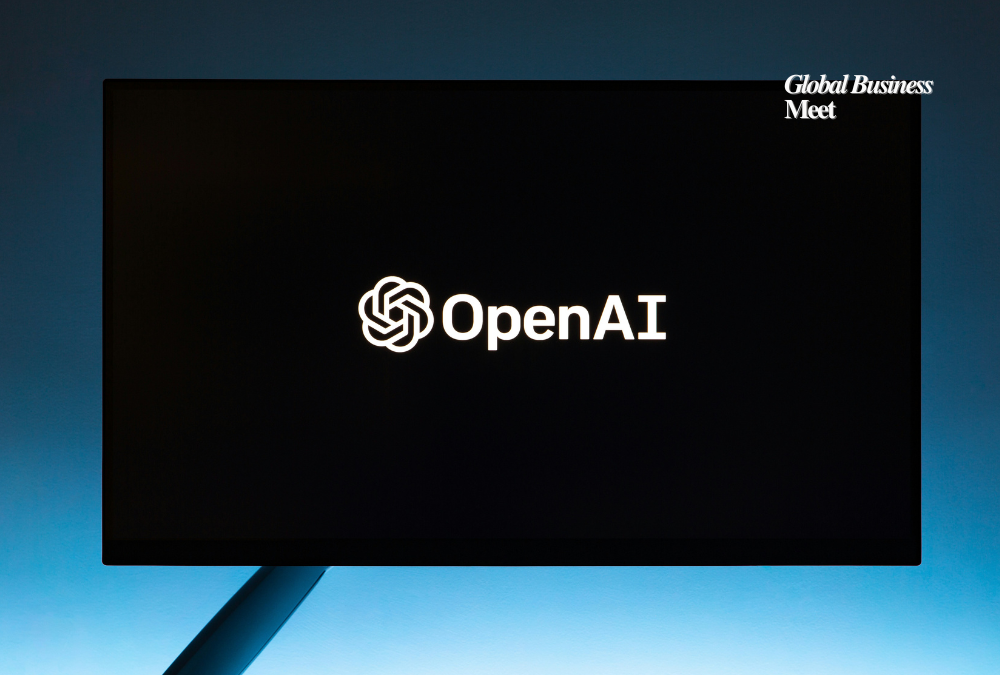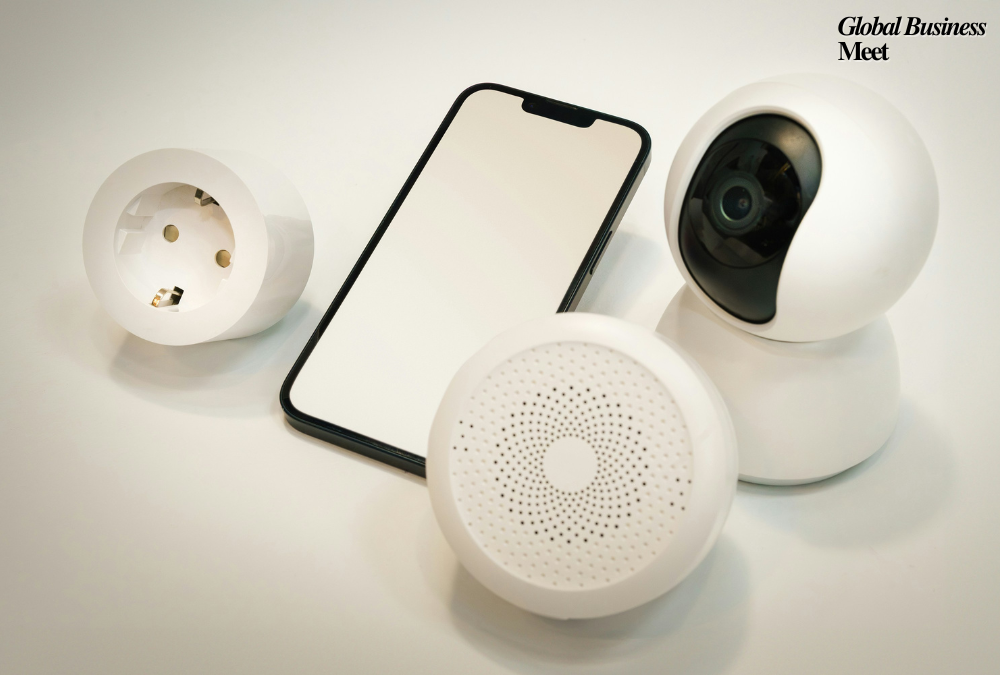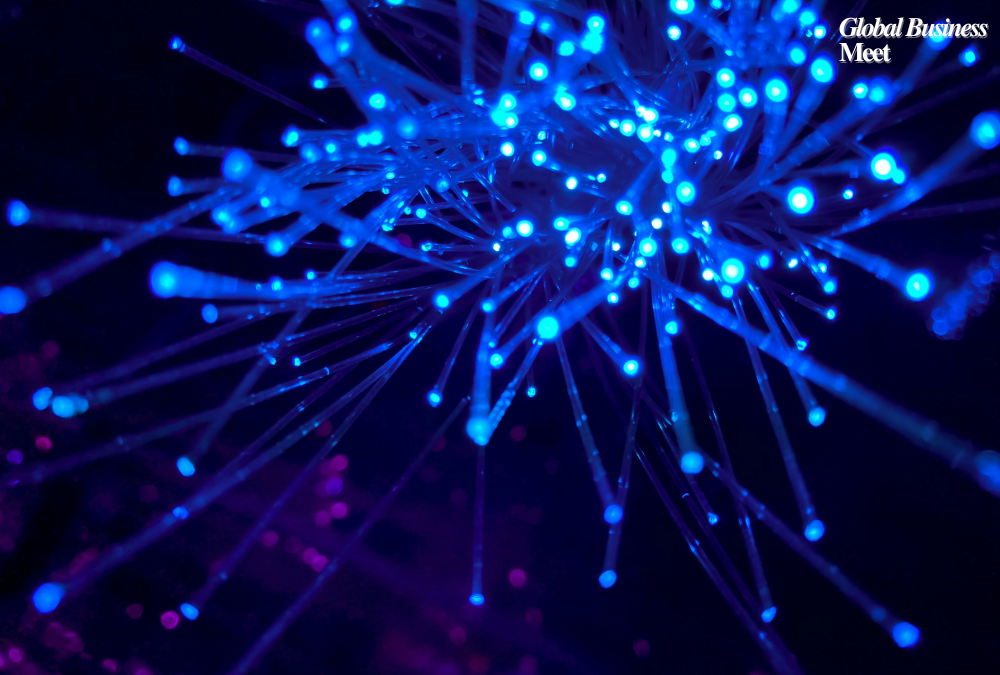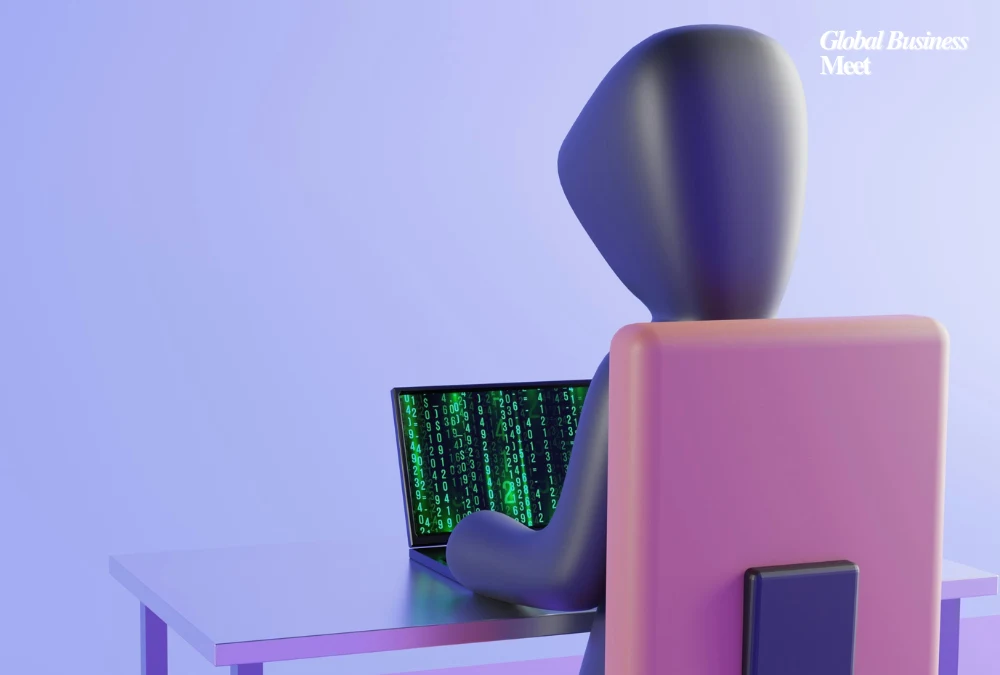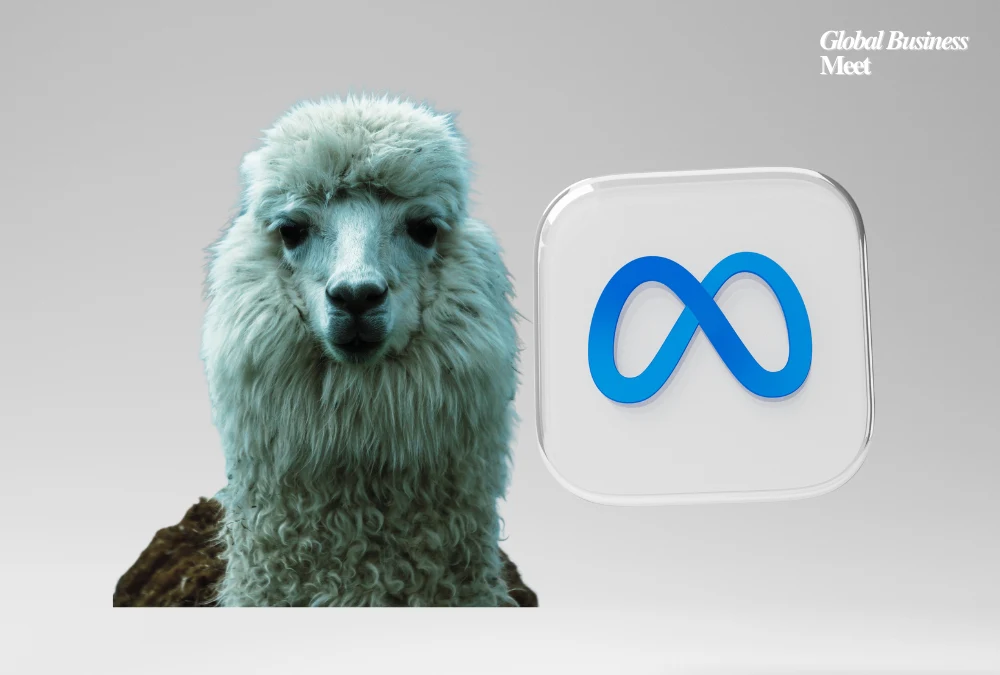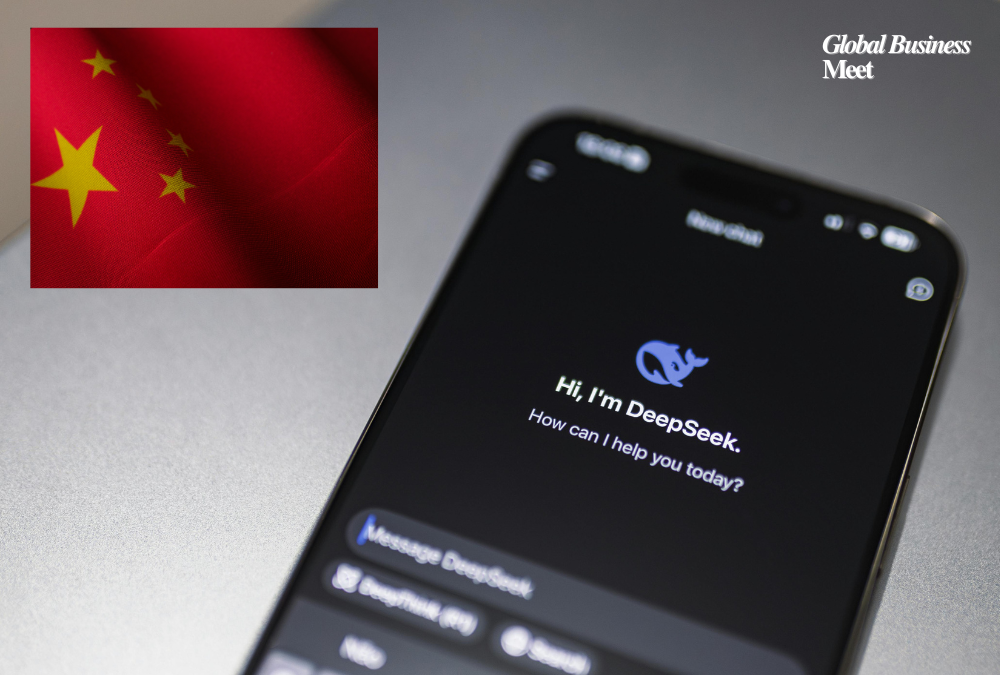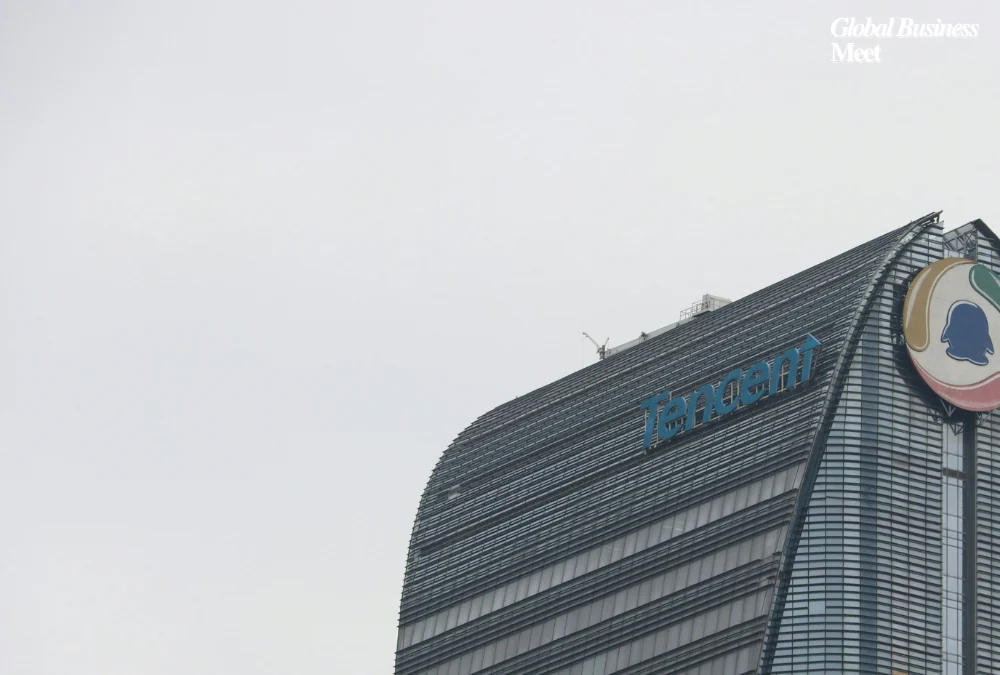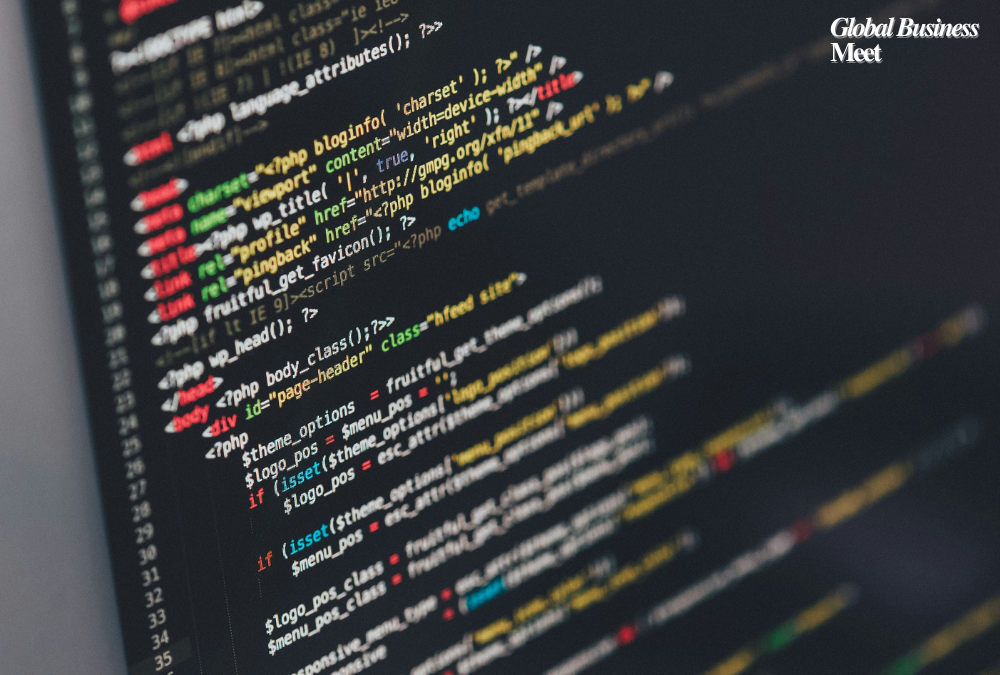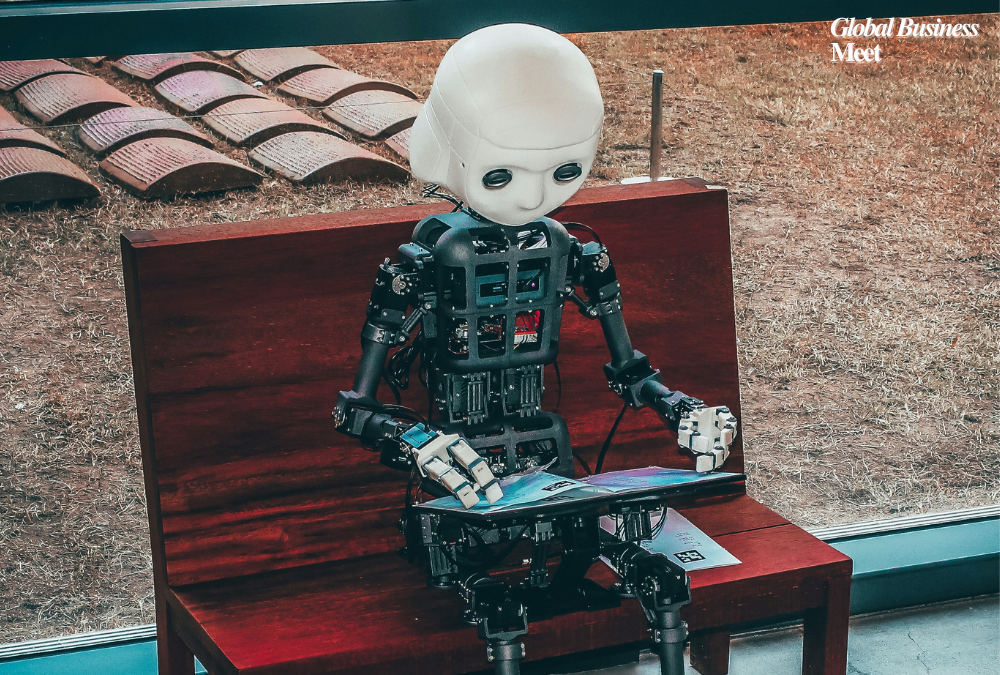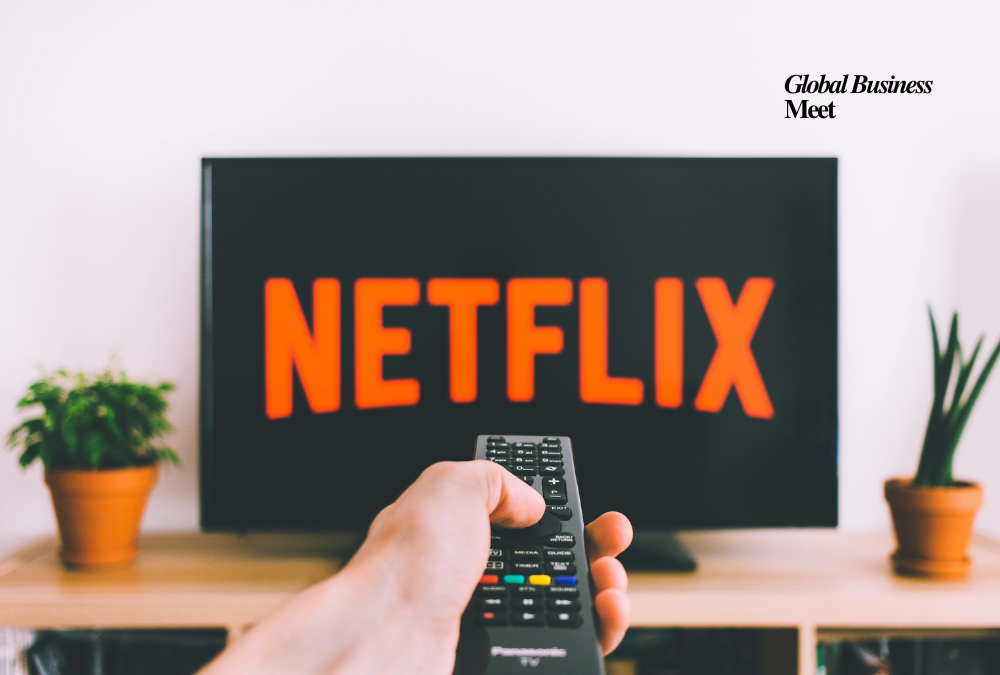
Netflix will now integrate generative AI into its entertainment workflow as it uses state-of-the-art tools to improve writing, editing, and visual effects production. It is a strategic switch to human creativity and machine-generated improvements of content both in scripted and reality programming.
The streaming giant is developing scripts with the help of generative AI using it, according to insiders, to test different dialogue, twists, and scene structure much more quickly even after writers have already tried the most obvious alternatives. The tool can suggest possible improvements, work on tone, and accelerate initial drafts, but it does not take final creative decisions away from people sitting in the showrunner chair. Another area that Netflix is experimenting with AI is generating a first-pass visual effects mock-up and early background animation to allow teams to work faster before key VFX starts.
Even the reality shows and unscripted series of Netflix are also enjoying the benefits of AI in post production. Color grading and editing are done with the help of AI, and workflows are being speeded up, with the tools now available to help find compliance challenges or detect possible content sensitivity reducing the time spent manually. Such advancements not only lead to a higher level of productivity but this makes the production budgets lower.
The company is also including AI into subtitle and dubbing process- voice-cloning and translation models are used to create precise multilingual versions with less effort. Initial trials show that voiceovers and subtitles created with the AI could be as close as having a human translator, but Netflix does not neglect human approval to ensure consistency and a good sense of humor.
The viewers are likely to experience quicker turnouts to seasons, easier shot effects and more convenient content. Netflix is accordingly poising itself to expand its content production volume without cutting the corners by using AI in managing resources involved in scripted dramas, documentaries, and localized non-US content.
Netflix has never announced a roadmap publicly, but with media insiders tipping that there could be an increase in the usage of AI during pre-production stages and editing, pre-production activities could very well become a place to automate. Speaking of which, the company makes sure that people also keep creative control, and AI is presented as an aid to various processes, rather than a substitute to artistic judgment.
The trend of using AI-powered tools in the entertainment business is duplicable on a broader scale; the same drive of cost efficiency and creative freedom is being seen in the use of AI tools by the studios, streaming services, and post-production houses. Overall, the field of AI provides operational leverage and assists creators with producing more subtle content within a shorter time as content requirements increase across the globe, and budgets shrink.
Netflix should also strike a balance between gains and ethics and compliance. AI in creative production has attracted responses of entitlement of contributed credit, employment substitution of a writer or editor, and the reality of a performance. Netflix seems to be putting internal measures in place with regard to transparent application of AI, compulsory human review, and pre-release verification by original artists in hopes of alleviating these fears.
In the future, Netflix will move to utilizing AI in marketing and recommendations with possibly the output of promos or teasers being customized to line-up with groups of audiences. It can even delve into interactive story-telling using AI e.g. allow the audience to set the plot-twist or dynamically affect dialogue in decision dense sequences (aka: decision-nodes).
In short, the fusion of generative AI in Netflix is part of a substantial change in the production framework of the company. With the advantage of the efficiency of the machine with the creativity of the human worker, Netflix will be able to make content more dynamically, intelligently localize, and creatively make up stories and stay true to the art. As AI-driven production is expanding, the media industry will take a close look at it, and the Netflix model may introduce new norms regarding the intersection of creativity and technology.
